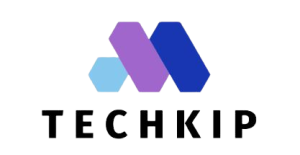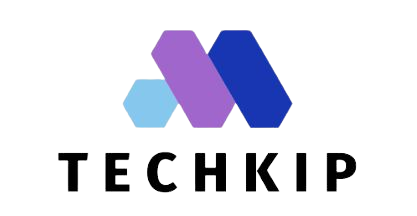Ghibli-Style Image Trend: Privacy Concerns Amid Viral AI Craze
ChatGPT has gained millions of new users over the past week, driven by the excitement surrounding its latest image generator and the viral trend of AI-generated images in the Studio Ghibli style. However, alongside the enthusiasm, concerns have arisen regarding data privacy. Experts warn about the risks of uploading private and personal photos to AI platforms.
Is ChatGPT Safe for Uploading Photos?
According to OpenAI’s own chatbot, while there is no immediate red flag, it advises against sharing sensitive data and images. Notably, OpenAI has not released an official statement on the matter.
In discussions about the safety of OpenAI’s Studio Ghibli-style image generator, ChatGPT issued a general caution: “It’s not safe” to upload personal images to any AI tool unless privacy and data policies are explicitly defined. While it clarified that OpenAI does not store or use uploaded images beyond the immediate prompt, it emphasized, “It’s always best to avoid sharing sensitive or personal images with AI services.”
Regarding privacy concerns, ChatGPT advised: “If privacy is a concern, consider using offline tools or apps specifically designed for secure image processing.”

What Did Grok 3 Say? Should You Be Concerned?
Elon Musk’s Grok 3 took a similarly cautious stance on AI image uploads. When questioned about xAI’s data and privacy policies, Grok noted that the company’s timelines for data retention were unclear and that collected data “could be vulnerable to breaches.”
Grok also highlighted that xAI utilizes user-generated data—including text and images—from its subsidiary X (formerly Twitter) to refine its AI models unless users specifically opt out of data collection.
How Can You Protect Your Images from Misuse?
To safeguard personal photos from unauthorized use, consider the following precautions:
- Be selective about the platforms where you upload personal images.
- Avoid sharing images containing sensitive location details or identifiable personal information that could be exploited by malicious actors.
- If you must upload a photo, use a low-resolution version that is difficult to scrape for AI training.
- Utilize privacy-protection tools like Glaze and Nightshade, or apply noise and blur effects to make images less useful for AI models.
- Carefully review platform privacy policies to understand how your data will be handled before uploading any images.
- Only use platforms and apps with clear policies stating that they do not store or reuse uploaded data.
- Restrict camera and gallery access for apps that don’t require them.
- Conduct reverse image searches periodically to ensure that your photos are not being misused online.
While AI-generated images bring exciting creative possibilities, exercising caution when sharing personal photos on AI platforms is crucial to maintaining privacy and security.



 Viesearch - The Human-curated Search Engine
Blogarama - Blog Directory
Web Directory gma
Directory Master
http://tech.ellysdirectory.com
Viesearch - The Human-curated Search Engine
Blogarama - Blog Directory
Web Directory gma
Directory Master
http://tech.ellysdirectory.com